Using DNA to Fight Seafood Fraud

Consumers know that coffee is coffee and chocolate is chocolate, but do they always know what they get when purchasing seafood? With so much variety and product formats, it can be easy to mislabel a seafood product or substitute one species for another – also known as seafood fraud or seafood substitution. With each processing stage a product goes through, it becomes more and more difficult to identify the species. Swapping one fish for another can have health implications for consumers as some fish contain toxins or allergens; it can undermine current conservation efforts; make it difficult for consumers to make sustainable choices; and perpetuate the trade of vulnerable, endangered, and/or exploited species.
A global analysis suggested that upwards of 30% of seafood products are mislabeled or inaccurately described. Traceable and accurate supply chains are critical to addressing problems of unsustainable fishing and safeguarding seafood supplies. Twice a year, the Marine Stewardship Council (MSC) conducts DNA tests on random seafood samples to monitor the effectiveness of its traceability system and guard against seafood mislabeling. Compared against a barcode database of all known species, and regardless of what form the product is in, the MSC’s DNA testing program isolates and identifies the unique DNA barcode of a seafood sample and references it against the product label for verification. This offers an accurate means of verifying the authenticity of seafood products.
From ocean to plate: How DNA testing helps ensure traceable, sustainable seafood revealed 99.6% of MSC-labelled seafood is correctly labeled. Independently sampling over 250 unique products (including herring, Pacific salmon, Pacific and Atlantic cod, haddock, sardines, and pollock) from 16 different countries, the results of this latest study were supportive in maintaining the positive benefits that the MSC’s Chain of Custody program can have on seafood supply chains. This program not only provides authenticated sustainable seafood – contributing to a healthier marine ecosystem – but can also offer a unique selling point for businesses, allowing them to meet an increasing demand for sustainable seafood.
In combination with seafood product tracebacks and supply chain audits, the MSC’s DNA testing program is used to monitor the effectiveness of its Chain of Custody program and verify the authenticity of products which carry its label. While there are occasional limits to the DNA testing process (e.g. preserving and processing seafood can sometimes denature DNA), the results of this study are encouraging. The MSC seeks to address these limitations, and use other measures such as tracebacks and audits, to ensure the integrity of its certified seafood.
As global rates of seafood substitution and fraud increase, supply chain traceability schemes have become more important to verify accuracy and at times, legality, of seafood products. Although MSC-certified seafood represents only about 10% of global fisheries yield, FishWise recognizes that the MSC’s certification standards are one of many important tools for assessing seafood sustainability and accountability.
It is important to continue traceability efforts within the private and public sectors. As the most highly traded food commodity in the world, seafood is both in high demand but also part of especially complex, global supply chains. FishWise continues its work with retail partners, industry groups, NGOs, as well as the U.S. government, to ensure the highest standards are being sought out and ideally implemented for end-to-end, electronic, and interoperable traceability within seafood supply chains.
To learn more about FishWise’s traceability services, please visit our services page.
